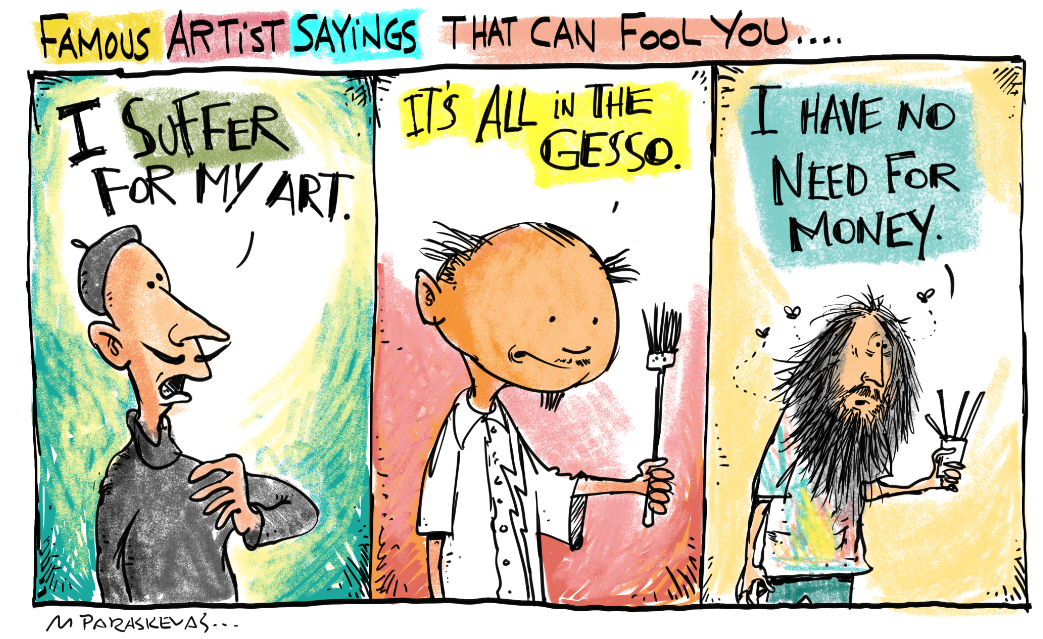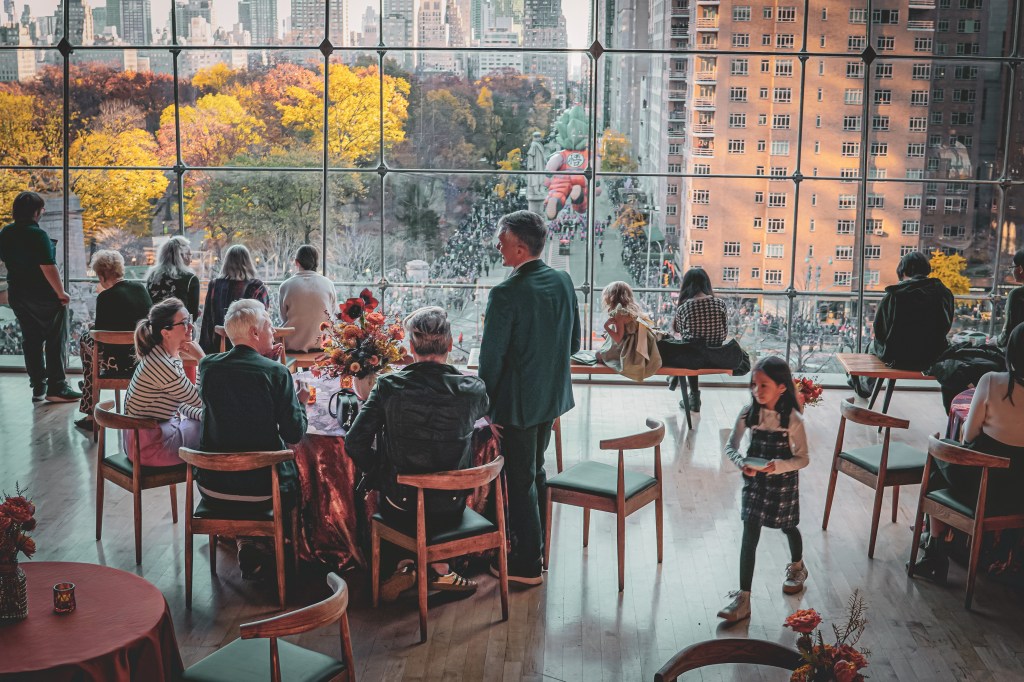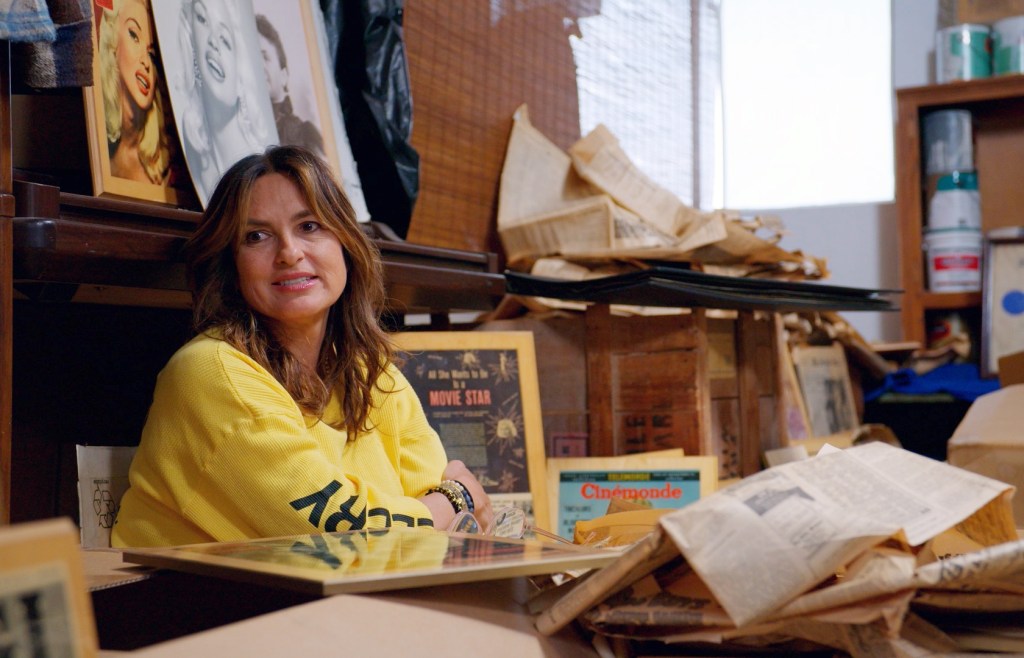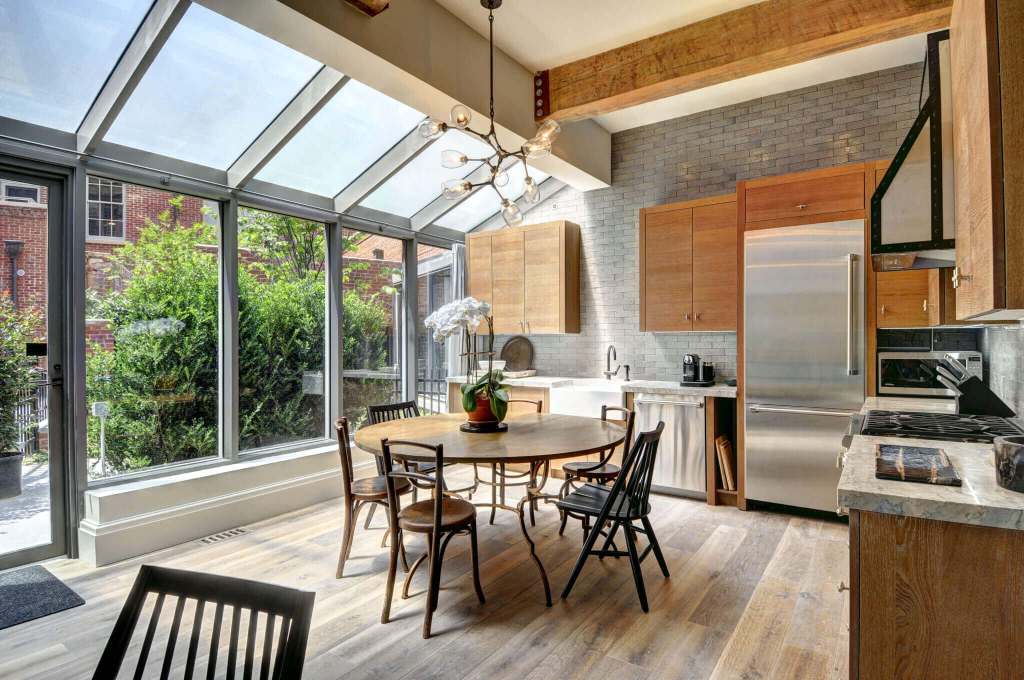Paying the Artist: Artists & Sculptors Sue Sotheby’s and Christie’s Auction Houses

It’s tough being a painter. Not only do you have to die before anybody recognizes you, but even after that, when your paintings sell for one or two million or even ten million, you not only don’t get any of it, your children don’t get any of it either. The profits made as the prices go up and up are made only by the sellers of the paintings—often just rich people who don’t even need the extra money.
There are exceptions of course. Willem de Kooning, who worked and lived here in Springs, could sell just about anything he painted for millions after he got to be about 60. Trouble is, he was so devoted to his art he just spent every day in the studio anyway just as he always did before. So it didn’t make a whit of difference to him either. [expand]
It was a different story with Jackson Pollock. He was trading paintings for food at the Springs General Store when things got really bad. Then, when he did get famous, which was at a relatively early age, he got so excited about it he panicked, couldn’t paint like he did earlier, took to drinking and died in a car crash on Springs-Fireplace Road while driving under the influence. So he didn’t benefit either.
On the other hand, there is a law in place in one state in America, which says that anytime a painting is sold, 5% of the proceeds have to go to the artist. It’s not New York. But it’s said a famous shoving match involving a painter and an art collector in the Hamptons a long time ago spurred the creation of that law, which is in California.
Now, a lawsuit has been filed against the Christie’s and Sotheby’s auction houses by painters Chuck Close, Laddie John Dill and the estate of the sculptor Robert Graham, who say the California law is not being enforced as far as their work goes. They do not say which of their works were bought and sold in California because they do not know. Both Christie’s and Sotheby’s sometimes sell work to and from “anonymous.” The gavel goes down on a ten million dollar work. The buyer does not want his or her name revealed. But then, both Christie’s and Sotheby’s have auction houses in California. Which of these artists’ work was sold in California? The lawsuit wants the anonymous business to end. The artists want to know who these people are, and they want a piece of the sale, which it would seem they are surely entitled to.
The incident that led to at least California creating this new law—New York considered it at the time but it did not pass—took place at an auction house in Manhattan in 1973. There was a fabulously wealthy couple named Robert and Ethel Scull who made their money in the taxi business in Manhattan and who had put together one of the most valuable art collections anywhere. They had a house in Georgica in East Hampton. They held fabulous parties in both the city and the country. And then, surprising everyone that knew them, they put a large chunk of their art collection up for auction. It was all over the newspapers. They raked in $2.2 million dollars. Robert Rauschenberg, also of the Hamptons, was at this auction, and when he saw a painting he had sold the Sculls for $900 get sold for $85,000, he walked over to Robert Scull and shoved him, shouting, “I didn’t work so hard just for you to make that profit.”
Thus did various state legislators come to his aid, or at least tried to, with only California succeeding. If a work is sold there, the artist takes 5% of the profit, and if the artist or his estate cannot be found, the money goes into a fund that benefits the California Arts Council. According to The New York Times, more than 400 artists have received royalties and the total is more than $300,000 so far. Of course, it would be a lot more if old man “anonymous” was not, in many cases, the seller.
The Times, which published an article about the new lawsuit last week, also wrote that not everybody is in favor of the royalty law, which, by the way, is now in force also in Britain and the European Union, with no “anonymous” buyers allowed.
Many gallery owners, auction houses and even a painter or two point out that if in selling and reselling a work of art the value rises, it also causes the value of all unsold work by the artist and even future works by the artist to rise, so the artist benefits in that way. Gallery owners, patrons and auction houses also say that having this tax results in a damper on the market, a loss in profits and a whole lot of paperwork.
A question. Does an anonymous seller have to reveal his profits on his income tax? I suppose he does or he breaks the law. But who can track down Anonymous?









